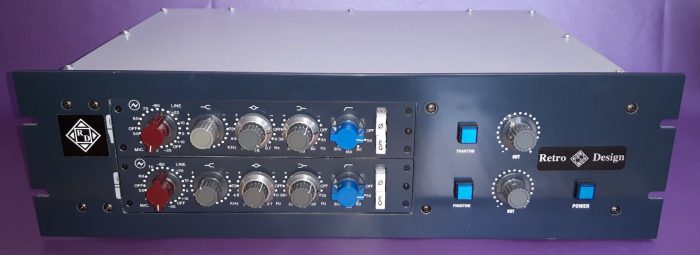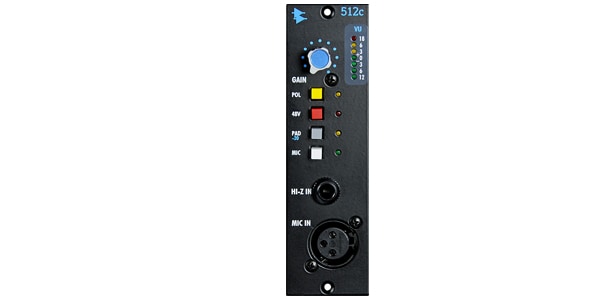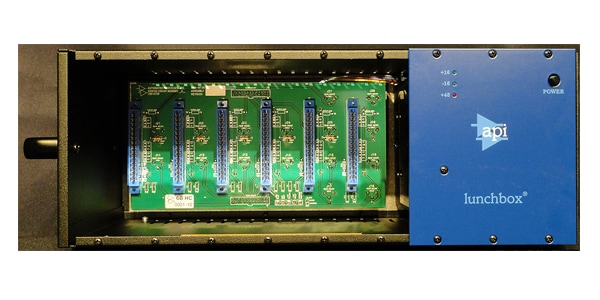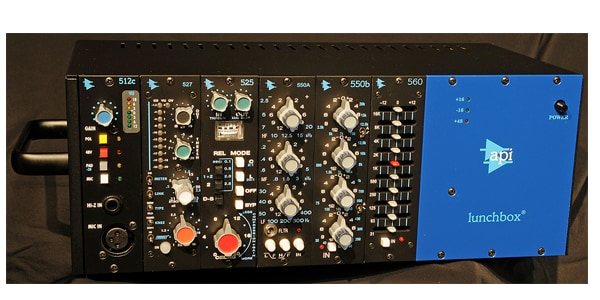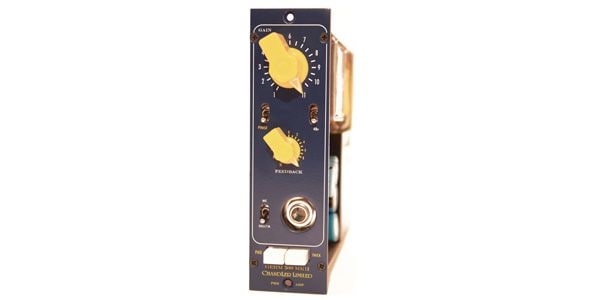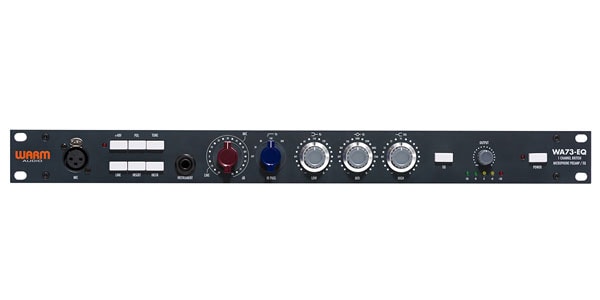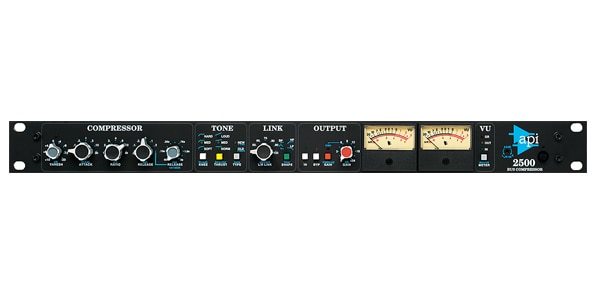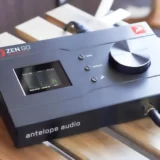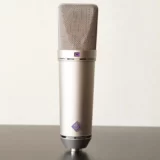This is a review of the API512C microphone preamplifier(´◔౪◔)◞

I got an API mic pre for the first time in my life.
It’s a standard model, but I’ve never had a chance to use it much.
However, I had a very vivid memory of using it at a rec-studio a long time ago.
It has a high headroom, which makes it sound more open in drum recording.
This mic pre has a nice airy feel on acoustic guitar.
I’ve been using it for about a month now, so here’s a review.
I’ve also prepared some comparison sounds!
API, the master of the microphone preamplifier world
I think Neve is the most famous mic pre.
Neve 1073 Preamp + EQ with rare Vintage Marinair Transformers (icluding Octal) | eBay
However, if you were to ask me to name three traditional manufacturers, the U.S. API would definitely be one of them, along with the British SSL.
The prototype mic pre for the 512C we are reviewing was originally installed in a recording console.
Neve is the same.
It has now been evolved to be even easier to use.
API 6-slot lunchbox (6B-HC) サウンドハウス
It is used by plugging in the boxes
You can also plug in EQ and comps to create your own channel strips.
And it’s easy to carry around!
Now,many other manufacturers are now selling API-standard modules.
CHANDLER LIMITED Germ 500 MkII サウンドハウス
A wide variety, including Chandler Limited.
One of the major achievements of APIs is that they created this standard and made it an industry standard.
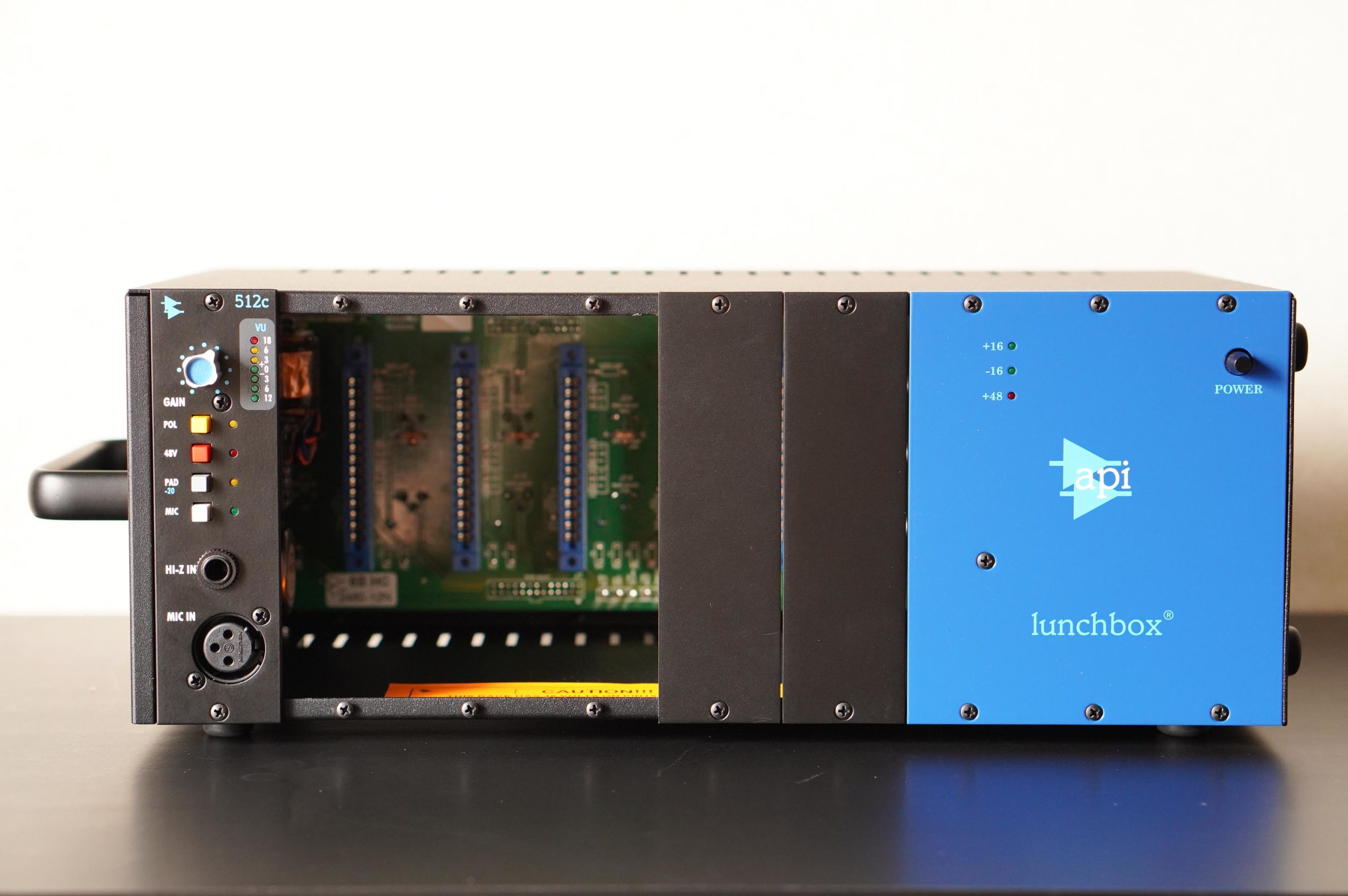
My rack is still very lonely and I would like to fill it with my favorite modules.
Open the box
Now for the review!
The box.

I bought it brand new, but there were traces that looked like the package had already been opened several times…. This is a common occurrence.

And from inside, there’s this case! It’s a can type.

I personally feel nostalgic like I did when I was a kid.
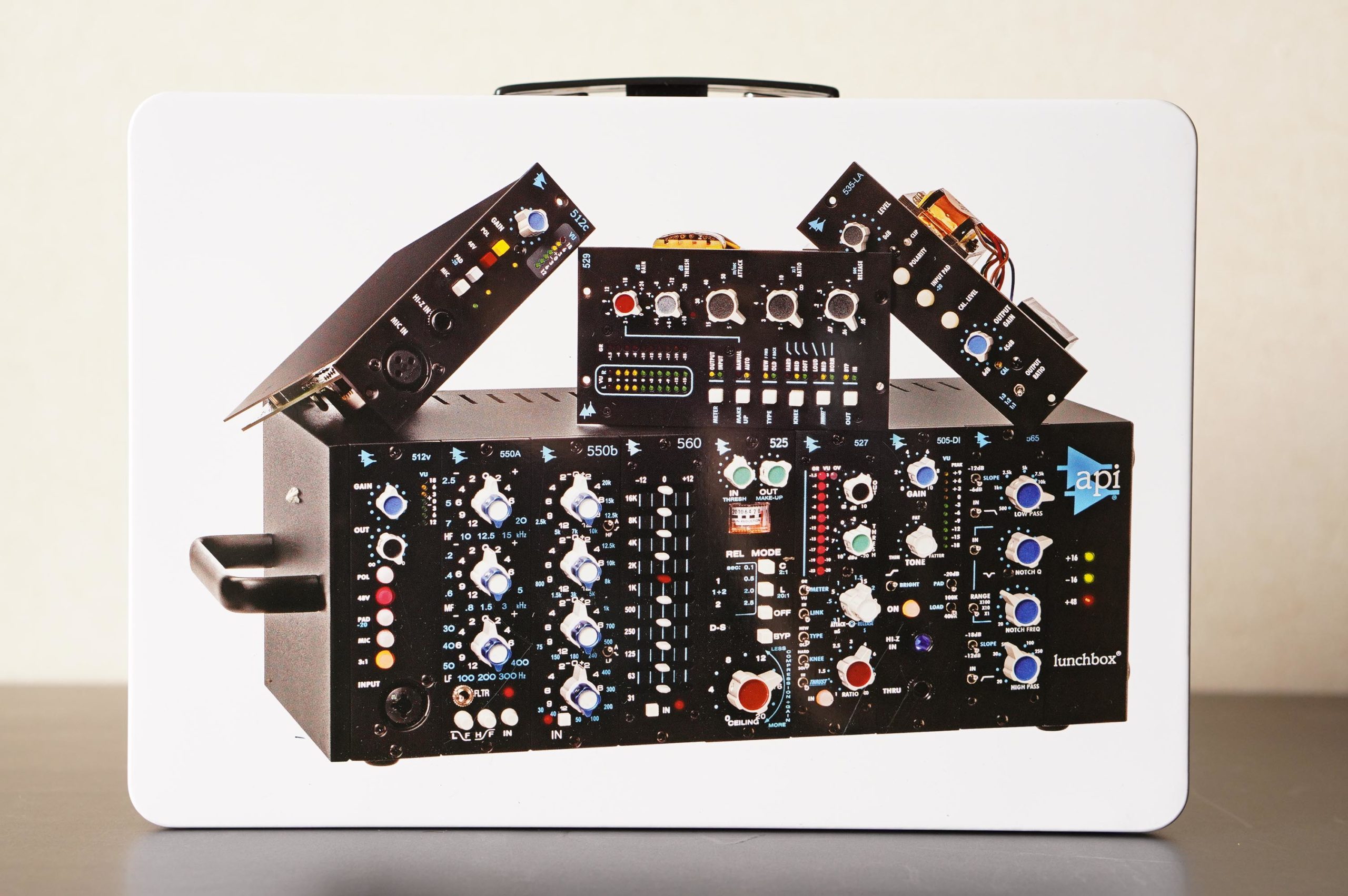
The back is printed with modules that will make you want to buy more.
The photos have a very nostalgic feel to them.
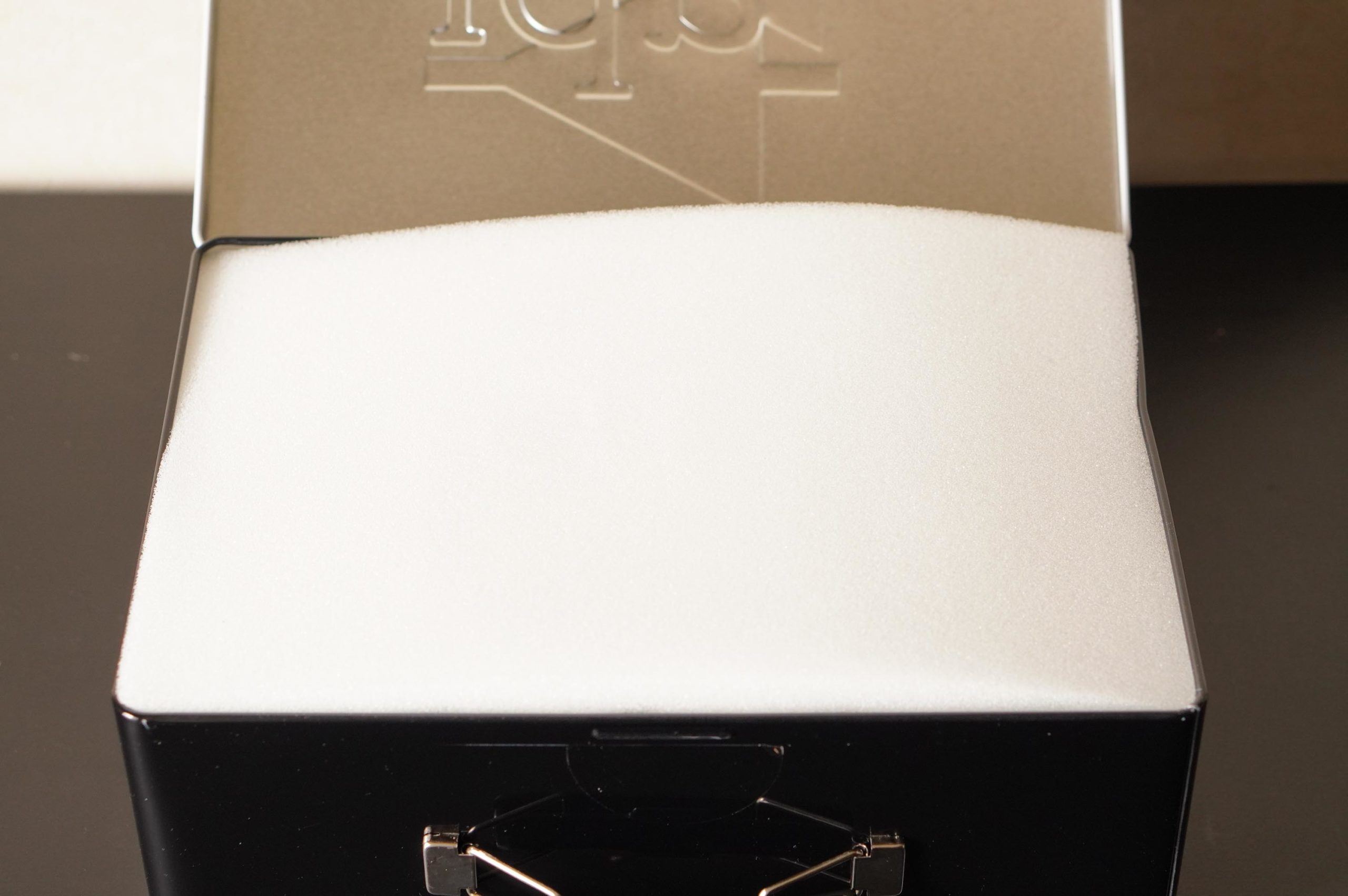
Open!
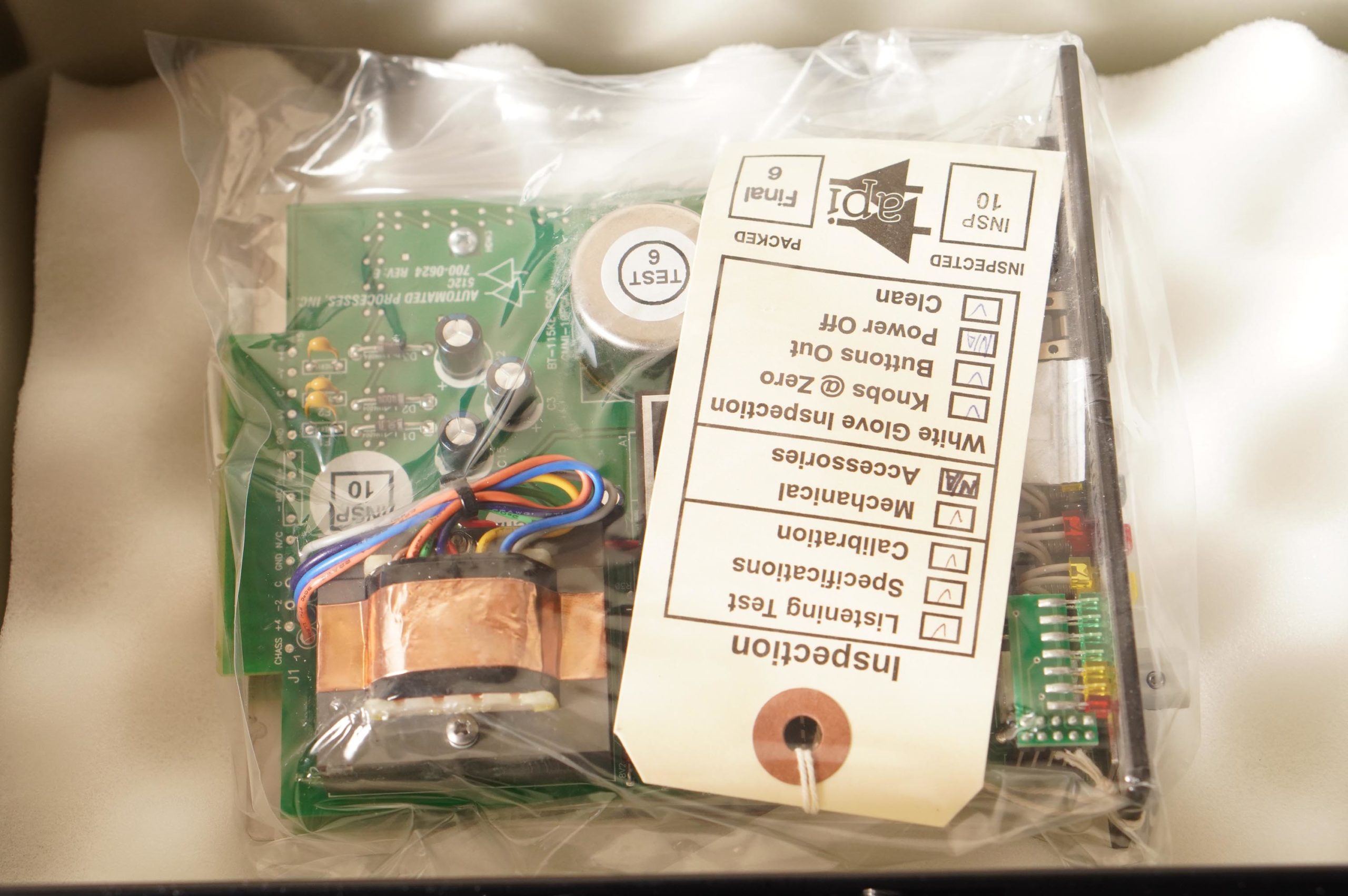
Remove the cushion, and here it is! The main body!
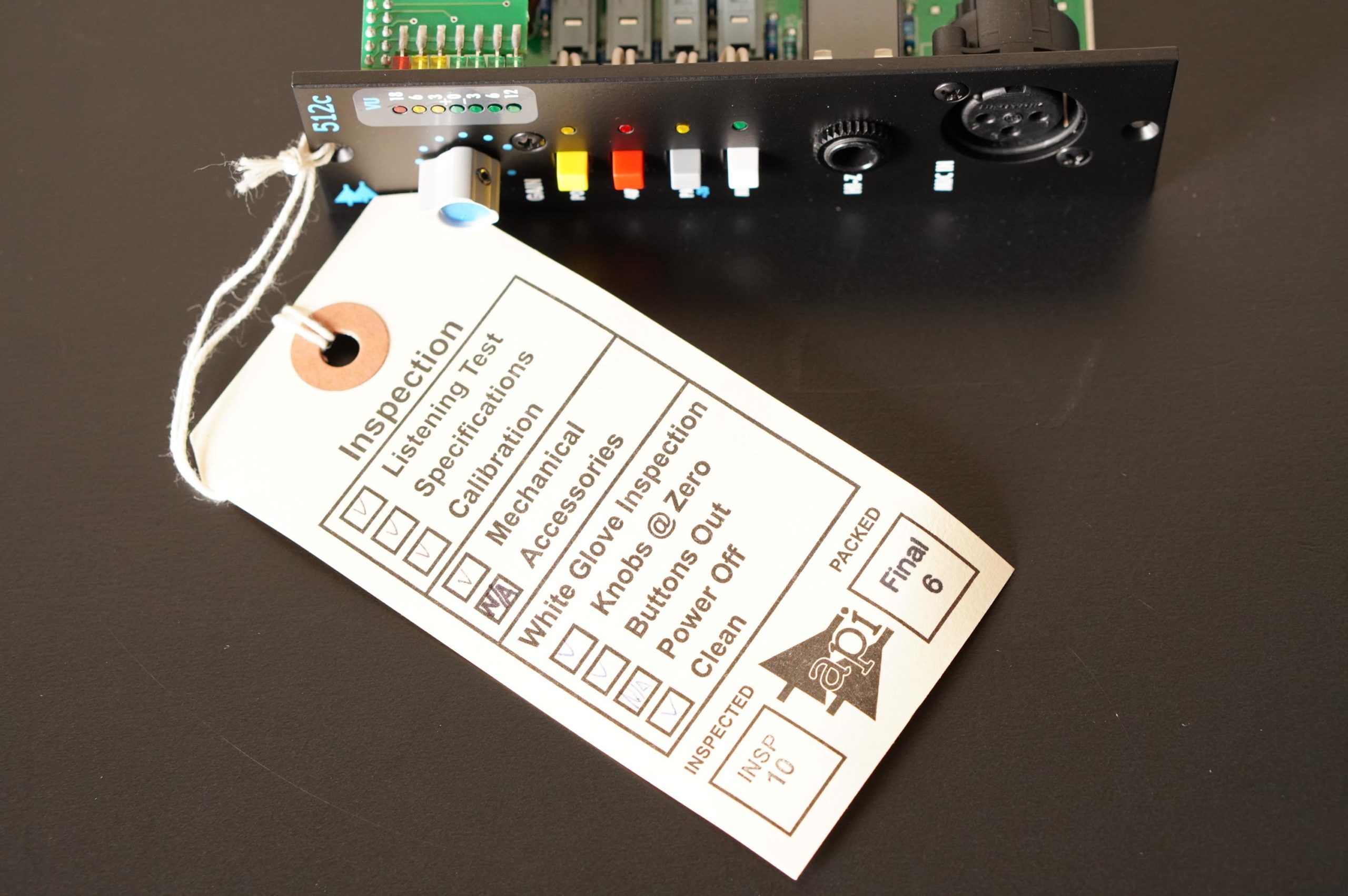
Just looking at the tag was enough to get me excited.

Wow, the API2520 is glorious!
The API2520 is a discrete op-amp, and this is where the audio amplification is done.
The heart of the API sound. The heart of the amplifier.

The output transformer. It is sealed with a metal film, which is typical of API.

Input transformer.
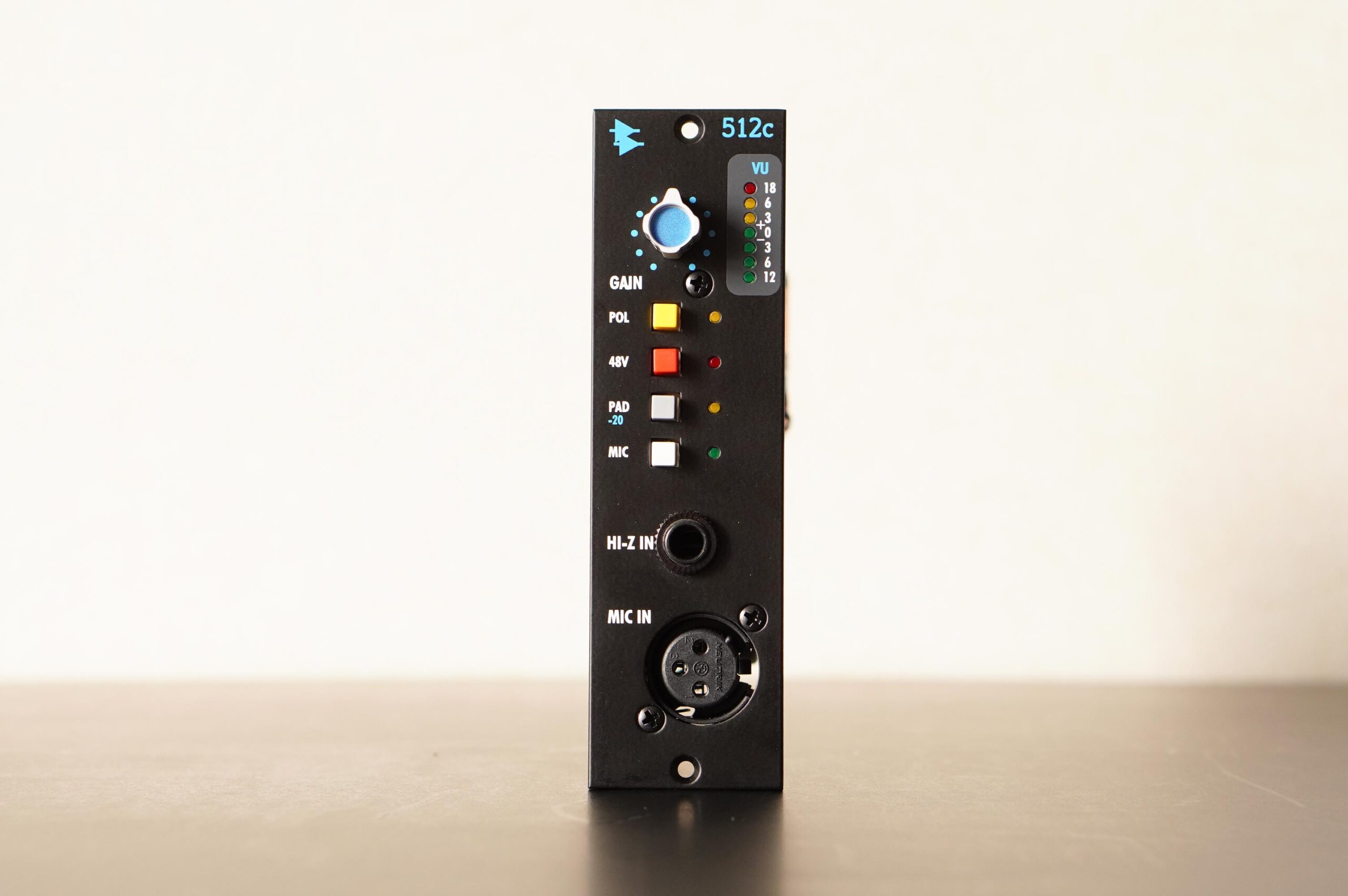
The control part is very simple.
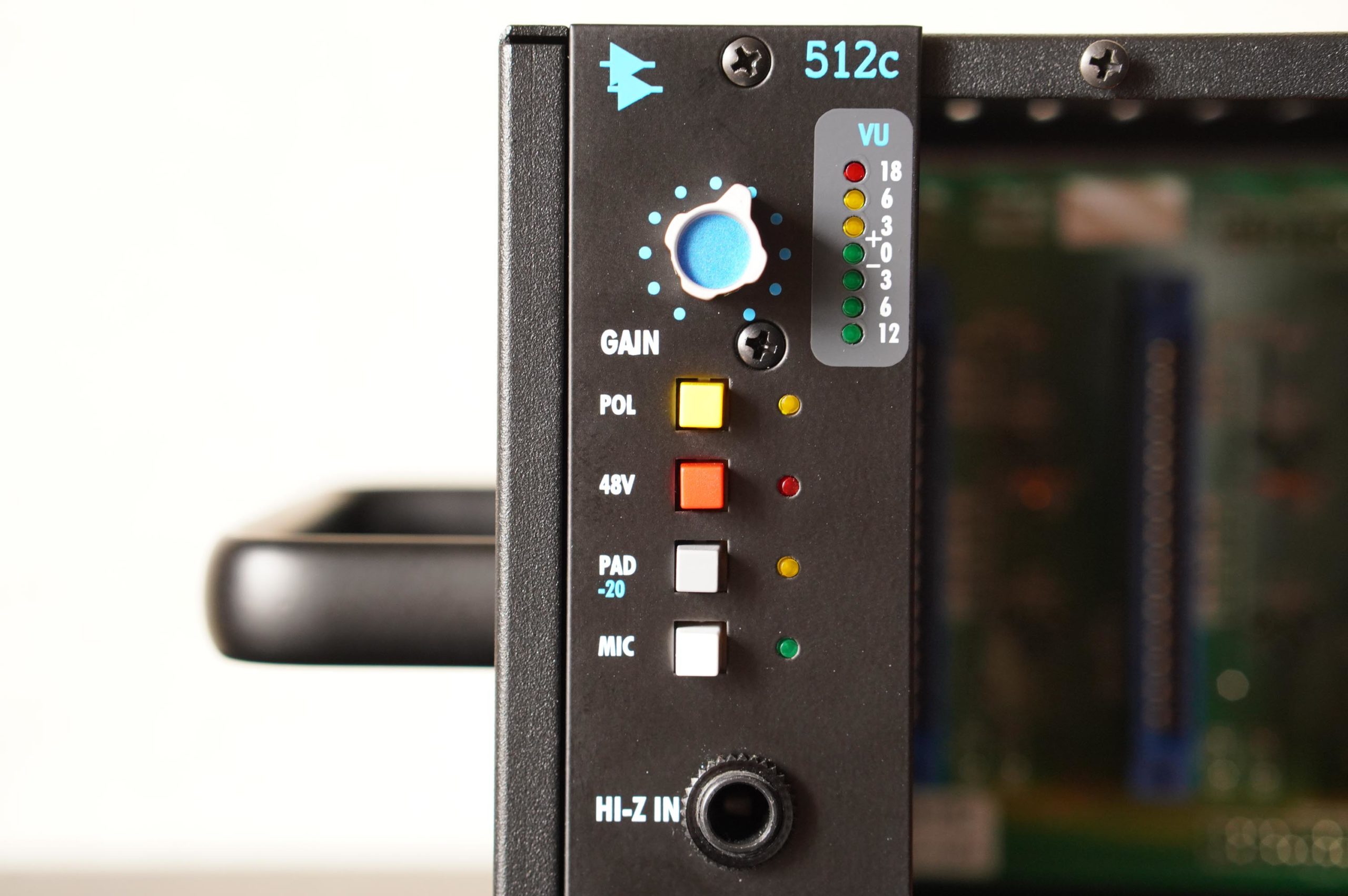
Switches for gain, phase inversion, phantom, pad, mic and line.
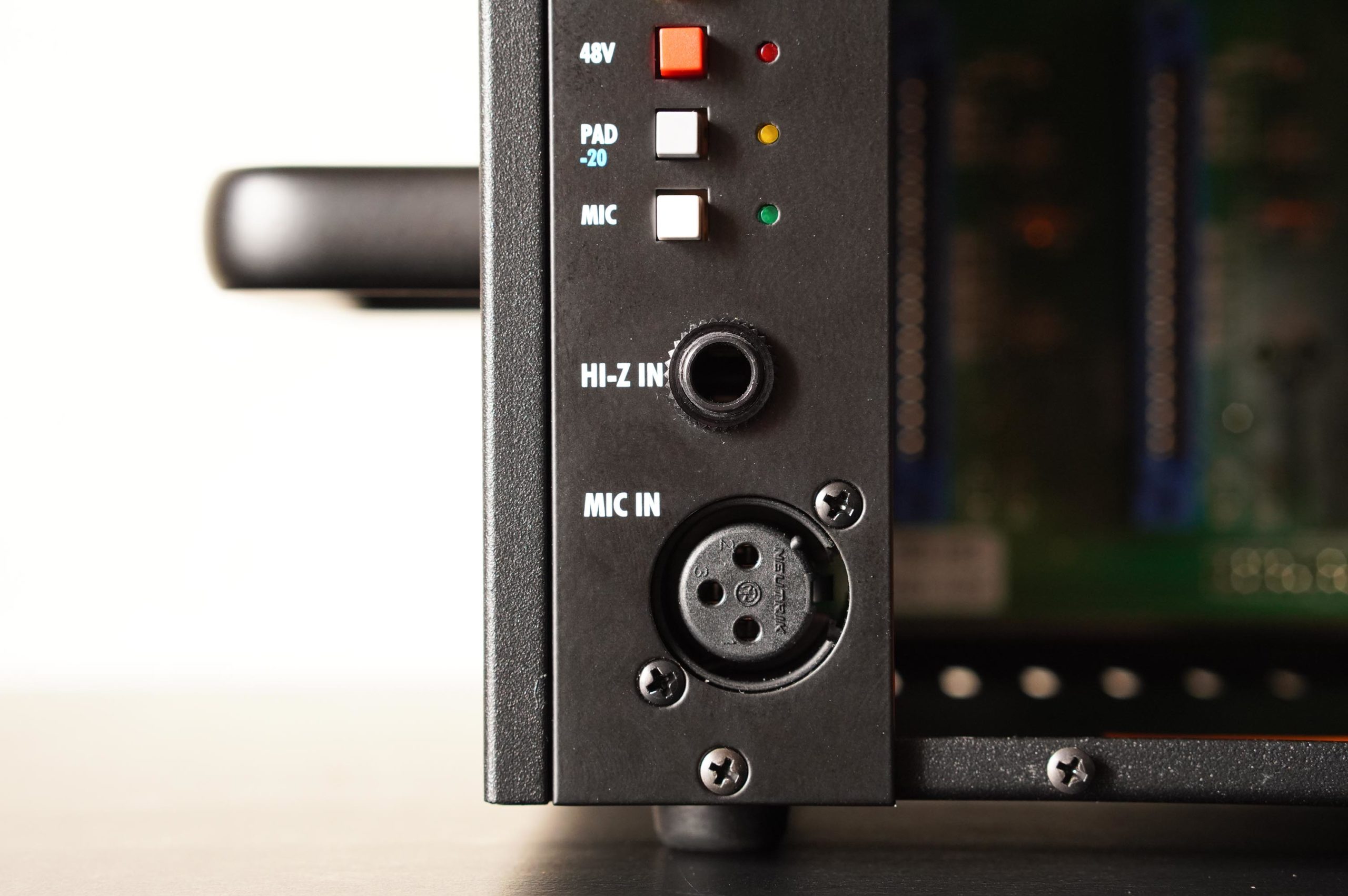
There is also an XLR jack on the front for a microphone, but there is also an input on the back of the lunchbox.
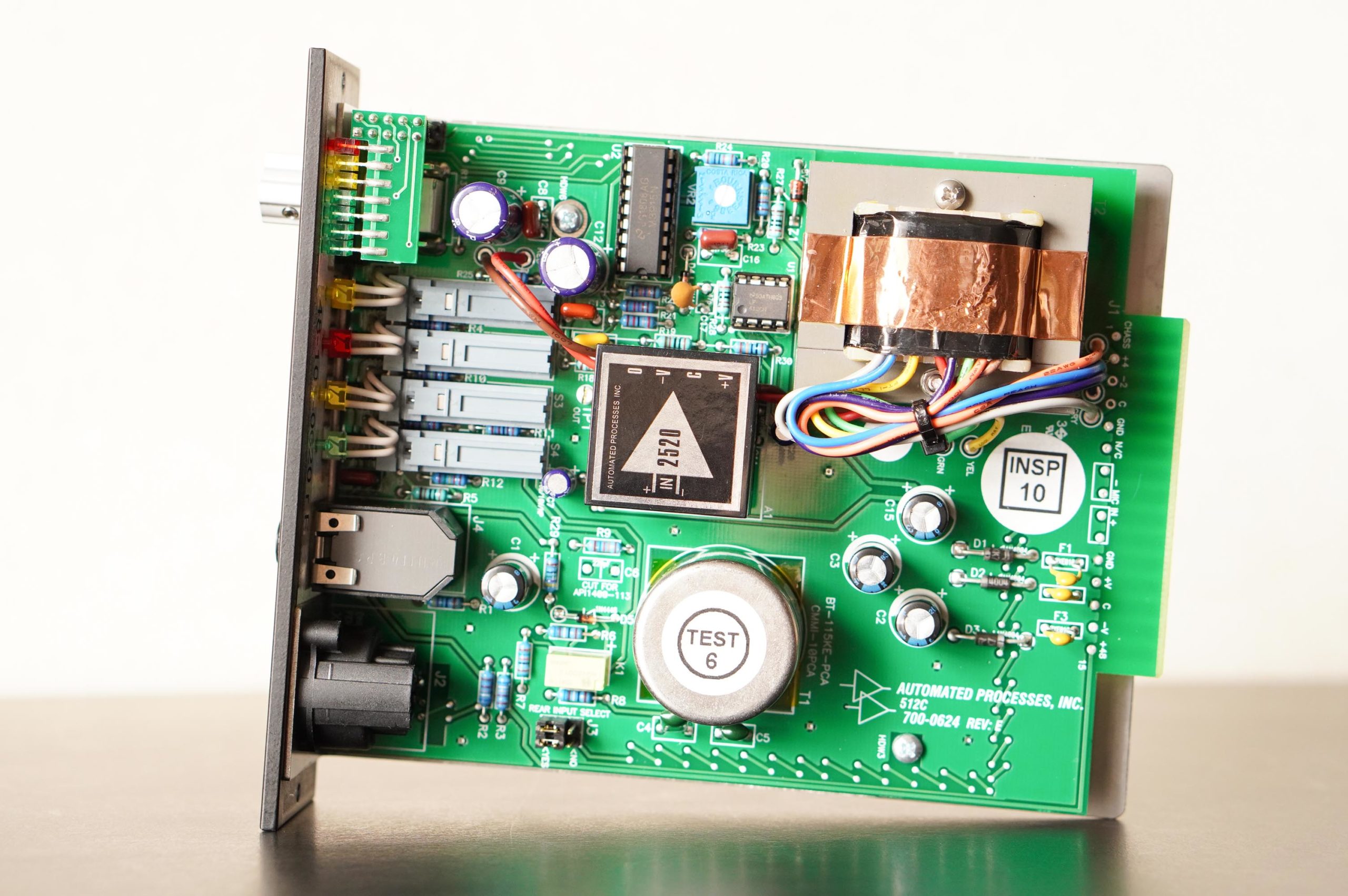
Simple, yet very sophisticated. Beautiful design!
Try to record it.
So, I’ll do a tonal comparison test with a microphone recording!

The equipment to be compared is WARM AUDIO’s Neve copy WA-73EQ.
It’s a gem that will give you a pretty complete Neve sound for under $1000.
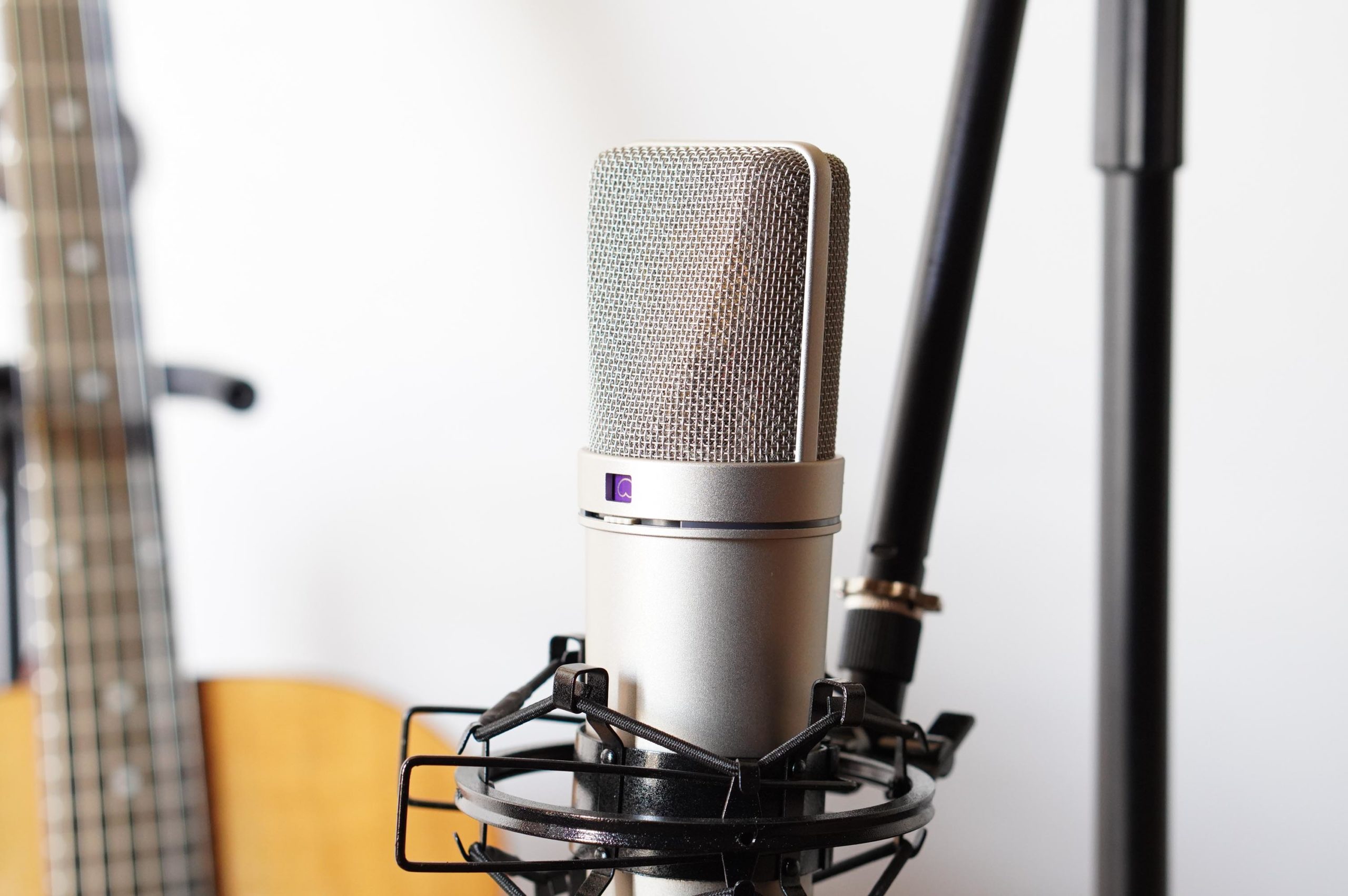
For the microphone, I chose a Neumann U87.
I also recorded the sound directly from the audio interface.
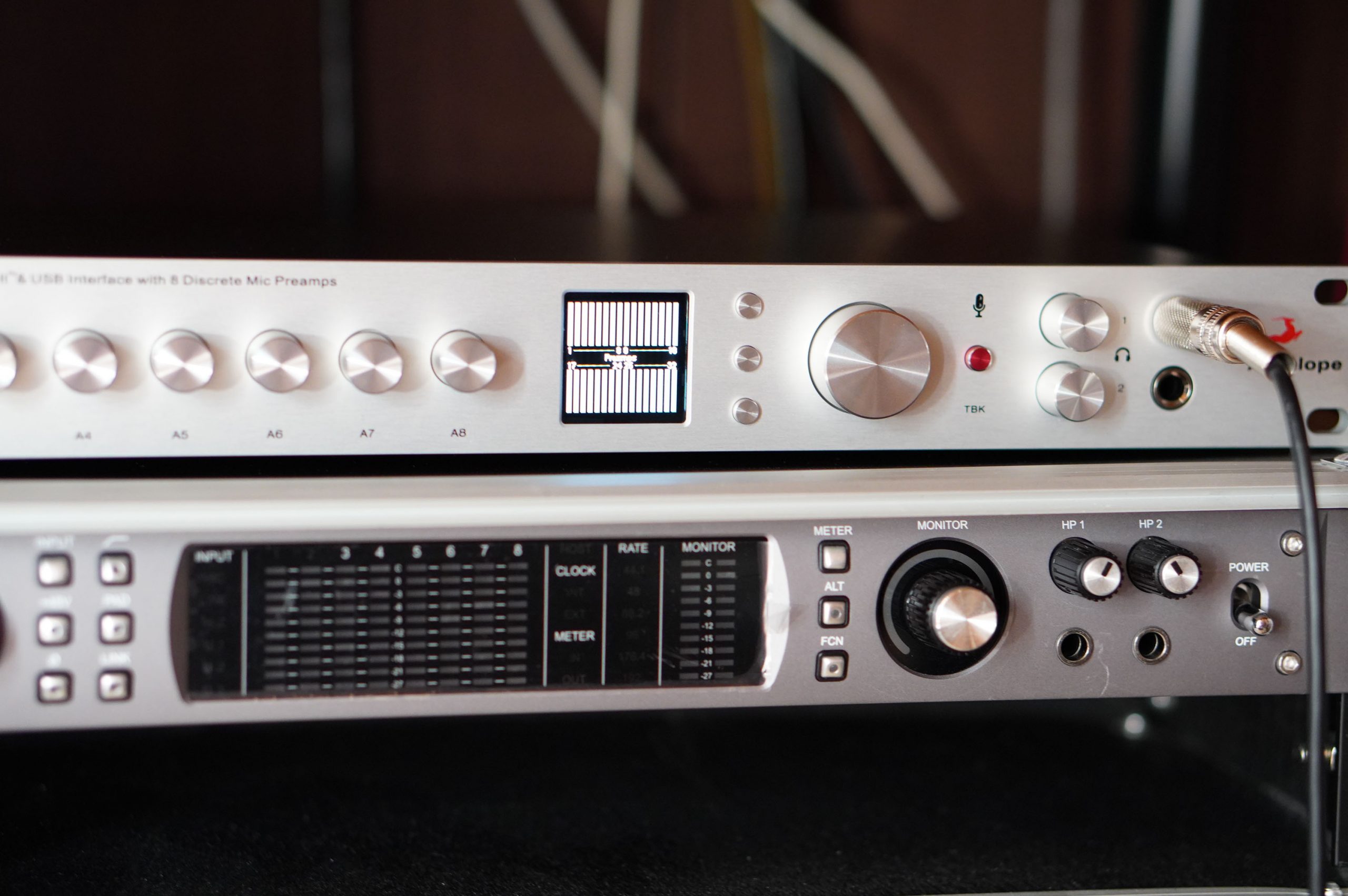
The audio interface is an ANTELOPE Discrete 8 Synergy Core.
The included mic pre is used.
Instruments are 2 tracks of acoustic guitar, panned left and right.
Rhythm is an attached loop of LOGIC X.
I didn’t use any plug-ins such as EQ or comps.
I used a fader to align the recorded sound.
Now let’s listen to it….(`・ω・´)!!
API 512C
WARM AUDIO WA73-EQ
Audio interface direct
impressions
Oh! There is a difference between these.
I think the API512C has a more extended sound with more highs.
The sound of the API512C is refreshing, yet thick and robust.
The Neve copy of the WARM AUDIO also has a good sound release! The image is that the entire bandwidth is coming out beautifully.
I can also feel the “silky” pronoun of the original Neve.
The direct audio interface sound without a mic pre sounds a little muffled compared to the other two.
It seems that the sound is still better with a microphone preamp.
And the U87 is still a good mic…
I’ll also test it as a line amplifier.
The API is often described as having a “crisp and dry” sound.
So I checked to see how the sound would change on the line as well!
I changed the drums in the previous sound source to mono, and plugged the drums into the API512C.
The texture of the drums should have changed.
Original source
drum re-amplifier
Impressions 2
It’s a slight change, but… it definitely feels like a change!
The muffled sound has definitely been combined into a crisp and nice sound.
However, I don’t know if I’m not using it properly, but when I send the sound over the line, there is a lot of noise.
It doesn’t bother me once I send the sound, but the S/N is not as good as the mic pre.

Maybe the fact that the line and HI-Z inputs are shared is having an effect?
Or is it my system’s fault?
The manual says it can be used with the line, but I’ll have to work on it.
And I’ll run it through API 2500.
Then, I experimented with running the sound source recorded with the API512C through the API2500 that I installed the other day.

-API 2500-
It’s an API festival!
File recorded on an acoustic guitar with API 512C
The file is further compressed with API 2500
Impression 3
It fills in the gaps more tightly and makes the sound thicker and clearer.
I love it!
API ( エーピーアイ ) / 2500 Stereo Bus Compressor サウンドハウス
アコギの感じがすごく「それっぽく」なってくれます。
ミックスをちゃんとやれば更によくなりそうです!
It makes the acoustic guitar sound very “musical”.
It’s going to be even better when I get the mix right!
Why APIs are loved by rock and punk
When I think of people who like APIs, I have a strong image of people who play rock and punk music.
It’s a selfish image, but I think it’s true.
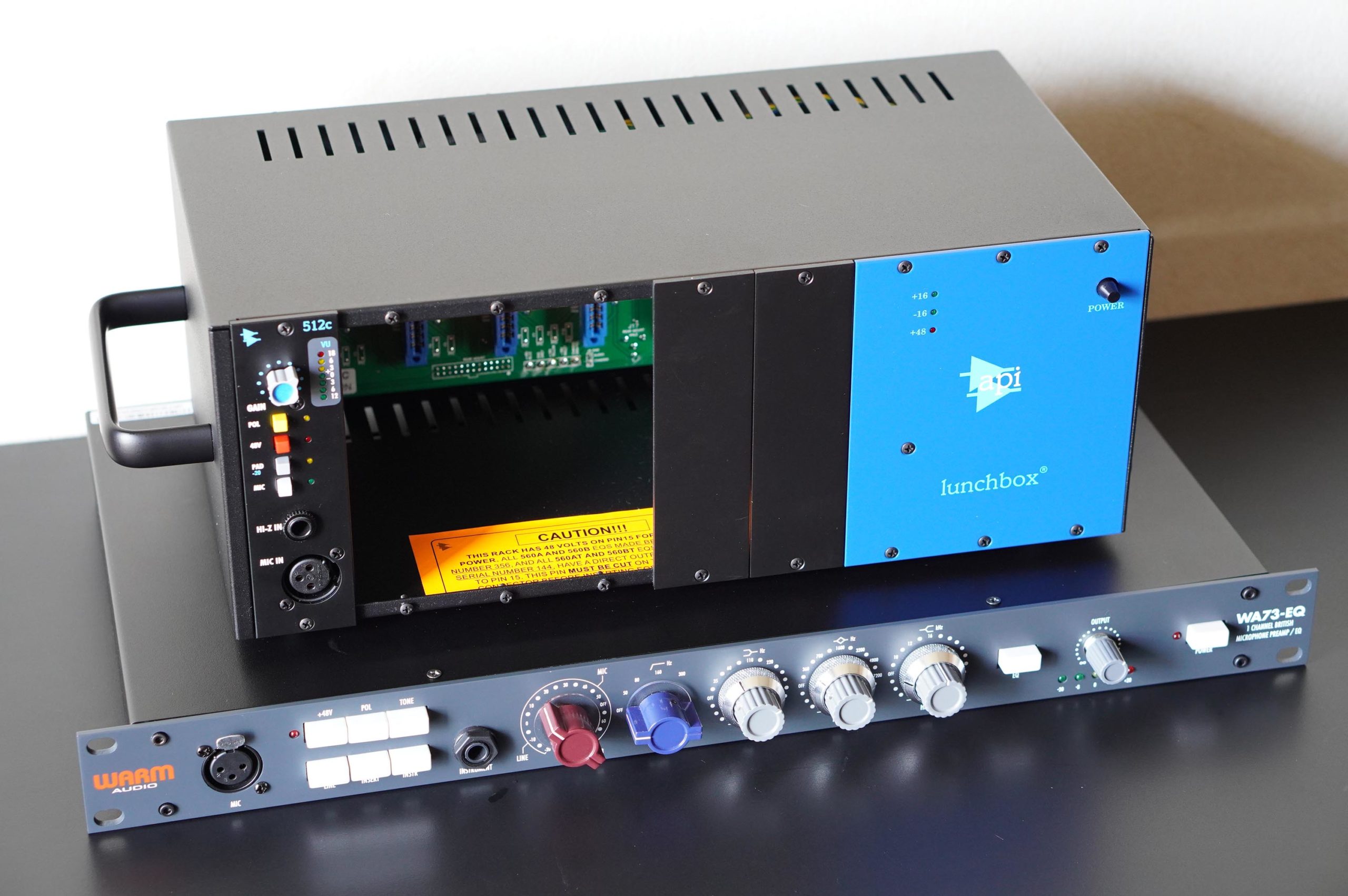
When I actually used it,”I see!” I was again convinced.
The color of the sound is very clear, as is the stereo bus comp of the API2500.
“Easy” to understand!
It’s energetic, punchy, gorgeous, and yet not painful to the ears!
The color is exquisite!
I thought that this would go well with rock and punk.
The Neve system feels more moist, solid, and all-around good.
But API is a very exciting sound for those who like it.
I knew it was the right decision to have one.
I would love to record electric guitar.
I think once you’ve bought one lunchbox, the second and subsequent API modules are very reasonable!
It’s hard to find fully professional equipment of this quality for around $1000( ・ὢ・ )!!
Another important feature is the low sound distortion caused by the high operating voltage.
Also, to get a little technical, the API2520 discrete op amp is driven by both power supplies ±12-20V.
The lunchbox supplies ±16V.
Plus and minus 16V.
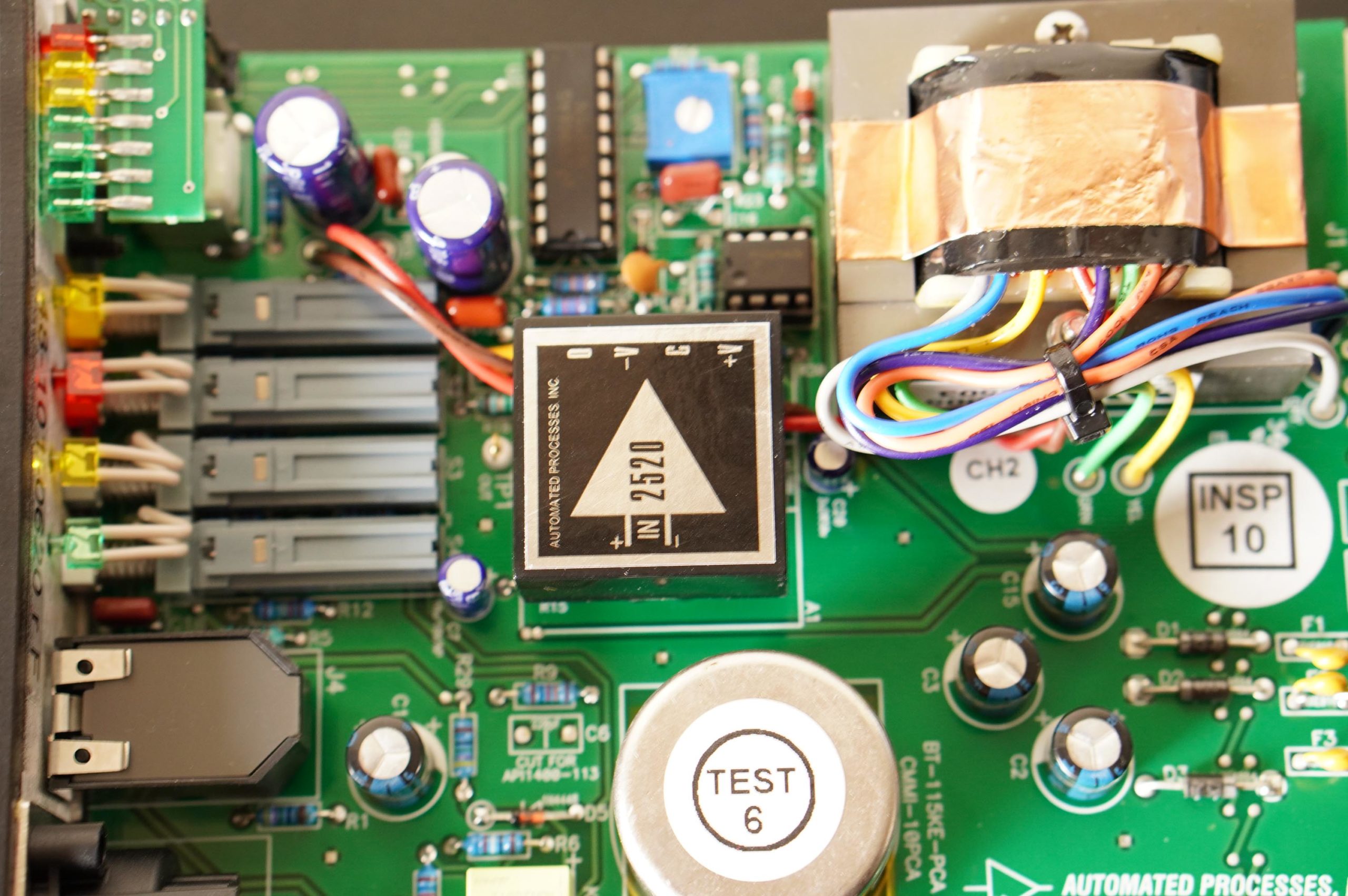
When converted to a single power supply, it is the same as operating at +32V.
Neve, by the way, runs at +24V.
The higher the operating voltage, the less the sound is distorted relative to the input level.
This may be one of the reasons why it is said to work so well with drums and electric guitars.
Also, the higher the operating voltage, the more open the sound tends to be.
This may also be the secret behind the great sound!
summary
This was a review of API’s 512C microphone preamplifier.

The sound quality is of course first class, but the portability of the lunchbox, the flexibility of customizing the chain with EQ and comps, and the relatively affordable price for a professional machine make it a very attractive item!
This one will continue to be popular, won’t it?
If you’re looking for a great sound, this is definitely the one for you!
Thank you for reading to the end!
